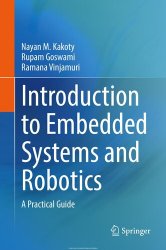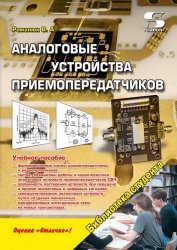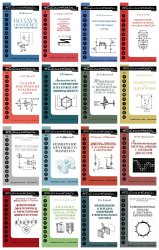- Добавил: literator
- Дата: 14-12-2024, 20:25
- Комментариев: 0
 Название: Introduction to Embedded Systems and Robotics: A Practical Guide
Название: Introduction to Embedded Systems and Robotics: A Practical GuideАвтор: Nayan M. Kakoty, Rupam Goswami, Ramana Vinjamuri
Издательство: Springer
Год: 2024
Страниц: 127
Язык: английский
Формат: pdf (true), epub
Размер: 16.9 MB
This book is a technical guide to fundamentals of embedded systems and robotics, and their application to practical problems. The book hosts the concepts of different elements related to the amalgamation of embedded system and robotics before tackling the physics of robotic systems. This book is the ABC of embedded system and robotics: A for acquiring the concepts, B for building robotic systems, and C for creating solutions. An embedded system, introduced in 1970, is a combination of software and hardware, i.e., a programmable electronic or electro-mechanical system designed for performing a specific task. The operational sequences in the system are rooted in an integrated computational system and thereby it is named embedded. The hardware in an embedded system consists of a programmed microcontroller or microprocessor containing memory modules, input-output interfaces, display systems, communications modules, and electronic and mechanical components. The software present in it comprises of a set of instructions for communicating and controlling the above and other sub-systems interfaced to it. It is written in a high-level programming language, compiled into machine code, and uploaded into embedded hardware, which on execution sends commands to interfacing peripheral components.









